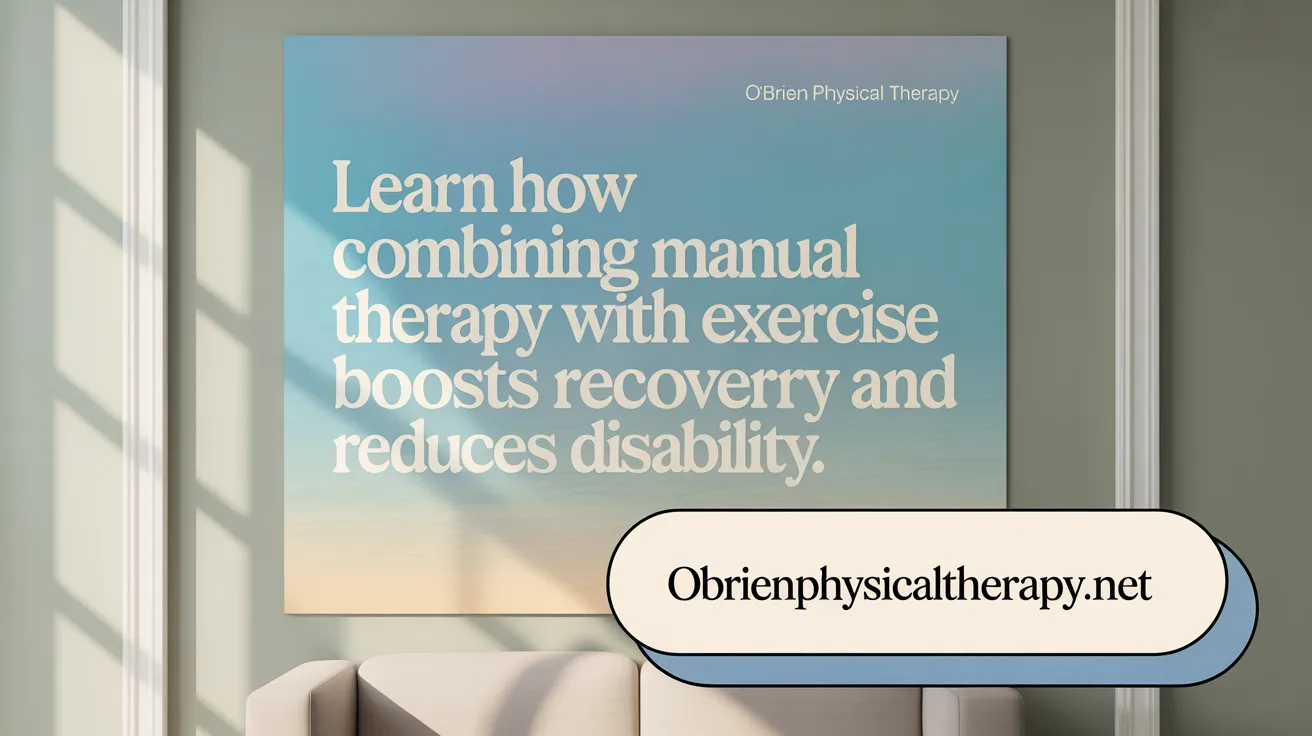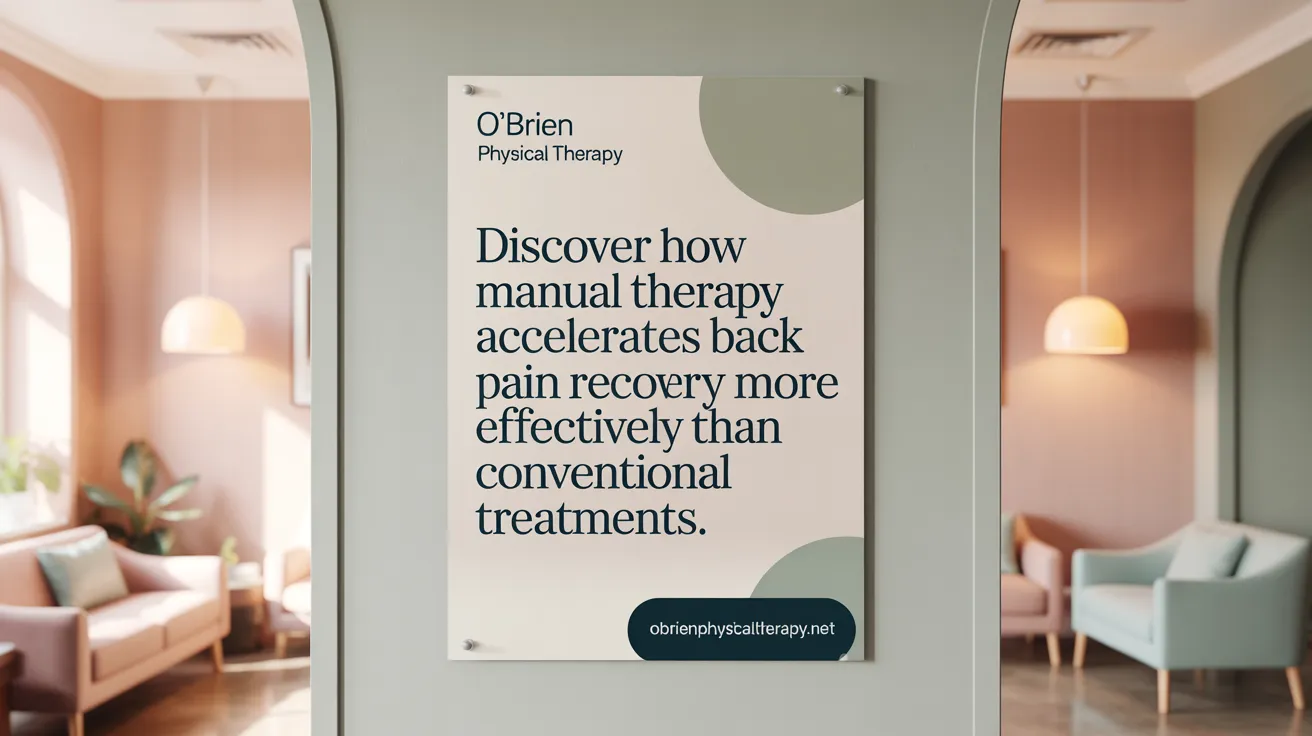Understanding Back Pain and Its Impact
Prevalence of Back Pain
Back pain is a widespread health concern, with approximately 80% of adults experiencing it at some point in their lives. In the United States, roughly one-quarter of adults report low back pain lasting at least a day within a three-month period, highlighting its common nature.
Common Causes of Back Pain
Several factors contribute to back pain, including age-related cartilage degeneration, osteoarthritis, muscle or ligament strain, and bulging or ruptured discs. Conditions such as spinal stenosis can also exacerbate symptoms. While some cases result from injury, many develop gradually due to wear and tear or lifestyle factors.
Importance of Timely and Effective Treatment
Most acute back pain resolves within 12 weeks, often with minimal intervention. However, persistent or severe symptoms, such as pain radiating into the legs, numbness, or weakness, require prompt evaluation and management. Early engagement with therapies like physical therapy and manual therapy can accelerate pain relief and functional improvement. Tailored treatments that address individual needs support long-term recovery and help prevent recurrence, emphasizing the importance of timely and patient-focused care.
Efficacy of Manual Therapy in Back Pain Recovery

Studies comparing manual therapy and conventional physical therapy
Research involving adults with chronic low back pain due to lumbar spondylosis has demonstrated that manual therapy techniques, such as Maitland mobilization combined with stabilization exercises yield more rapid and greater improvements in pain relief and functional recovery than conventional physical therapy alone. Although both treatment types improve pain, disability, and range of motion over time, manual therapy shows superior short-term benefits in reducing pain intensity and disability.
Pain relief outcomes with manual therapy
Manual therapy enhances pain reduction more effectively than exercise therapy by itself. Techniques such as spinal manipulation, myofascial release therapy (MFR), and muscle energy techniques have shown to provide significant short-term relief in pain and functional disability (manual therapy and exercise therapy for chronic low back pain). This approach facilitates patient confidence and adherence to rehabilitation programs, which supports ongoing recovery.
Functional improvements with manual therapy
Patients receiving manual therapy demonstrate meaningful improvements in lumbar function and daily activity performance (Lumbar Function Improvement with Manual Therapy). While both manual therapy and conventional therapies improve spinal mobility, manual methods tend to accelerate functional gains and reduce disability, promoting earlier return to daily routines and work.
Validated assessment tools used in studies
Clinical studies utilize established tools to assess outcomes, including the Visual Analogue Scale (VAS) for measuring pain intensity, the Oswestry Low Back Pain Disability Questionnaire to evaluate functional impairment, and the modified Schober’s test to quantify lumbar spine range of motion. These validated measures support objective monitoring of patient progress during treatment.
How does the clinic's approach to pain relief contribute to patient recovery?
The clinic integrates evidence-based manual therapy with personalized exercise programs and modalities like electrical stimulation to address pain source and improve musculoskeletal function. This tailored approach not only reduces discomfort quickly but also strengthens joints and muscles, enhancing overall mobility. By focusing on individualized care and gradual rehabilitation, the clinic empowers patients to achieve sustainable pain relief and improved quality of life.
Manual Therapy Combined with Exercise: Enhancing Recovery Outcomes

Benefits of combining manual therapy with exercise
Combining manual therapy and exercise therapy for chronic low back pain offers significant advantages for patients suffering from chronic low back pain. This approach enhances pain relief, improves functional ability, and reduces disability more effectively than exercise alone. Patients tend to experience faster and more substantial improvements, which can bolster their confidence and encourage adherence to rehabilitation programs.
Short-term improvements in pain and disability
Research shows that manual therapy paired with exercise yields greater short-term improvements in pain and function. Techniques such as spinal manipulation or myofascial release therapy (MFR) provide immediate relief, helping patients regain mobility quickly. Improved pain control early in treatment supports better engagement in exercises focused on strengthening and stabilizing the lumbar region.
Different manual therapy techniques
Several manual therapy methods have been integrated with exercise to optimize outcomes:
- Maitland mobilization: A gentle, graded mobilization technique effective in reducing pain and enhancing lumbar function in chronic low back pain patients.
- Myofascial release therapy (MFR): Targets muscle and connective tissue tension, contributing to pain reduction and decreased functional disability.
- Muscle Energy Technique (MET): Uses voluntary muscle contractions to improve joint mobility and decrease pain.
- Massage therapy: Often used alongside exercise, it can further alleviate pain and facilitate functional improvements.
Evidence supporting manual therapy augmenting exercise therapy
Numerous clinical trials validate that adding manual therapy to exercise regimes produces better outcomes for chronic low back pain sufferers. One study highlighted Maitland mobilization combined with stabilization exercises leading to faster and greater pain relief and functional recovery than conventional physical therapy. Overall, evidence suggests that manual therapy may potentiate the benefits of exercise by reducing pain and disability, supporting adherence, and improving long-term functional status.
Comparative Outcomes: Manual Therapy vs. No Treatment or Conventional Therapy

What is the natural recovery process for back pain without treatment?
Most adults will experience back pain at some point, with about 80% affected during their lives. Importantly, nearly 90% of back pain cases resolve on their own within 12 weeks, often with minimal or no treatment. Generally, early stages may involve pain reduction through rest and gentle activity, and symptoms tend to improve naturally as inflammation subsides and tissues heal (Back pain statistics).
How does manual therapy compare to no treatment or conventional therapy?
Studies indicate that manual therapy, such as Maitland mobilization, offers faster and greater improvements in pain relief and functional recovery than no treatment or conventional physical therapy alone. For example, patients receiving manual therapy showed significantly greater reductions in pain scores and disability measurements compared to those receiving only conventional physical therapy. While both groups improved over time, manual therapy facilitated quicker pain relief and enhanced lumbar function (Efficacy of Manual Therapy.
What about the effectiveness of physical therapy including manual therapy compared to conventional physical therapy?
Evidence supports that combining manual therapy with exercise yields superior outcomes compared to exercise-alone or conventional therapies. Manual therapy forms like spinal manipulation, Myofascial release therapy (MFR), and muscle energy techniques have demonstrated enhanced pain reduction, improved mobility, and better functional status. Physical therapy approaches that incorporate both manual techniques and tailored exercise programs tend to produce greater improvements in pain and disability than conventional physical therapy, which may rely more on passive modalities or less individualized care (manual therapy and exercise therapy for chronic low back pain.
Are the benefits of manual therapy and physical therapy sustained over the long term?
Long-term studies suggest that multidisciplinary rehabilitation approaches integrating physical therapy and manual therapy can sustain improvements in pain and function for up to one year post-treatment. Patients receiving such combined therapies exhibit not only short-term symptom relief but also persistent gains in functional ability and quality of life. This sustained effect contrasts with the more limited and transient improvements seen with some conventional treatments (Physical therapy and exercise effectiveness).
In summary, manual therapy, especially when combined with exercise, enhances recovery from low back pain more effectively than no treatment or standard conventional therapy. These approaches provide both quicker symptom relief and longer-lasting functional benefits, supporting their role as essential components of comprehensive back pain rehabilitation (Study on Low Back Pain Treatments.
The Clinic’s Personalized and Holistic Approach to Rehabilitation

What types of personalized rehabilitation services does the clinic offer?
The clinic provides a wide range of personalized rehabilitation services tailored to each patient's unique needs. These services include customized physical therapy programs designed to facilitate pain relief, enhance mobility, and promote recovery. Special attention is given to women's health rehabilitation, addressing issues such as pelvic floor therapy, postpartum recovery, and hormonal imbalances.
Additionally, the clinic offers specialized sports rehabilitation aimed at athletes and active individuals, focusing on injury prevention and performance optimization. Overall, the clinic's approach combines evidence-based practices with individualized care plans to ensure optimal outcomes for every patient.
How does the clinic incorporate holistic health services into its rehabilitation programs?
The clinic integrates holistic health services by combining physical therapy with comprehensive wellness strategies that address overall patient well-being. This includes personalized assessments of movement, strength, balance, and daily habits to craft tailored treatment plans.
Beyond treating injuries like low back pain or joint concerns, the clinic emphasizes lifestyle guidance such as nutrition advice, stress management techniques, and recommending assistive devices if necessary. This holistic approach aims to support long-term health, prevent reinjury, and promote independent living, reflective of back pain prevention strategies.
What evidence-based treatments are used for women's health rehabilitation at the clinic?
The clinic’s women's health rehabilitation employs evidence-based treatments focused on pelvic floor therapy to improve muscle strength and bladder function. Postpartum recovery programs assist new mothers in regaining strength and pelvic stability, using the latest clinical research.
It also addresses conditions including incontinence, pelvic pain, and prolapse, all integrated into comprehensive care plans that emphasize patient education, functional recovery, and holistic restoration of health.
What sports rehabilitation services does the clinic provide to support athlete recovery?
Sports rehabilitation at the clinic features individualized plans using advanced, evidence-based techniques such as therapeutic exercises and minimally invasive procedures like ultrasound-guided injections and platelet-rich plasma therapy.
The focus is on injury prevention, effective recovery, and safe return to sport. The multidisciplinary team tailors care to each athlete’s sport, injury, and health goals, blending education, innovative treatment, and personalized exercises to optimize recovery and minimize future injury risks, consistent with multidisciplinary treatment benefits.
Guidelines and Best Practices for Managing Back Pain

What are the recommendations from authoritative bodies like the American College of Physicians?
The American College of Physicians low back pain guideline recommends that acute or subacute low back pain be initially managed with non-drug therapies such as superficial heat, massage therapy for low back pain, acupuncture, or spinal manipulation. For chronic low back pain, a broad range of non-drug treatments is advised, including exercise therapy, multidisciplinary rehabilitation, mindfulness-based stress reduction, tai chi, yoga, motor control exercises, and cognitive behavioral therapy.
Why is there an emphasis on non-drug, non-invasive treatments?
Non-drug therapies are safer and avoid the risks associated with medications, particularly opioids. They target pain relief and functional improvement without systemic side effects. These treatments focus on promoting natural healing and helping patients regain mobility, strength, and confidence in movement.
What is the role of physical therapy and multidisciplinary approaches?
Physical therapy is central to back pain management, focusing on individualized exercise programs that strengthen muscles, improve flexibility, and restore proper spine function. Multidisciplinary approaches that combine physical therapy with education, psychological support, and lifestyle coaching have shown greater and longer-lasting benefits than exercise alone. This integrated care helps patients manage pain effectively and maintain long-term wellness.
What are the risks of opioid use and surgery considerations?
Opioids are not recommended as first-line treatments for back pain due to the potential for addiction, overdose, and other side effects. Their use should be reserved for cases where other treatments have failed and under strict medical supervision. Surgery is considered only when there are clear structural causes confirmed by imaging, significant neurological deficits, or failure of conservative management, reinforcing the need for precise diagnosis.
What self-care and lifestyle modifications support prevention and recovery?
Engaging in regular physical activity, including core strengthening and stretching, maintains spine strength and flexibility. Correct posture and safe lifting techniques help prevent injury. Quitting smoking, maintaining a healthy weight, and pacing activities reduce strain on the back. Mindfulness practices and healthy diet choices that reduce inflammation also contribute to better outcomes and decrease the risk of chronic pain development. For more detailed tips on self-care and prevention, see Back pain statistics.
Future Directions in Back Pain Treatment and Patient Care
The evolving role of manual therapy in comprehensive pain management
Manual therapy techniques, such as Maitland mobilization and spinal manipulation, continue to show promise in enhancing pain relief and functional recovery when combined with exercise therapy. These hands-on approaches often lead to faster improvements in pain and disability for patients with chronic low back pain.
Importance of personalized, evidence-based rehabilitation
Effective back pain management relies on individualized rehabilitation plans tailored to patient needs. Combining physical therapy modalities, exercise, and gradual activity fosters sustained improvements and safer return to daily functions. Expert supervision ensures treatments are evidence-based and adapted to patient progress.
Integration of holistic and multidisciplinary strategies
Modern care integrates physical therapy with mindfulness, lifestyle changes, nutrition, and alternative treatments like acupuncture. This multidisciplinary approach addresses physical symptoms and emotional well-being, promoting comprehensive recovery and long-term pain management.
The clinic’s commitment to advancing patient recovery and wellness
Our clinic embraces cutting-edge research and personalized care, focusing on active rehabilitation, patient education, and multidisciplinary support. We aim to empower patients toward pain-free living and functional independence through compassionate and expert-driven therapies.
